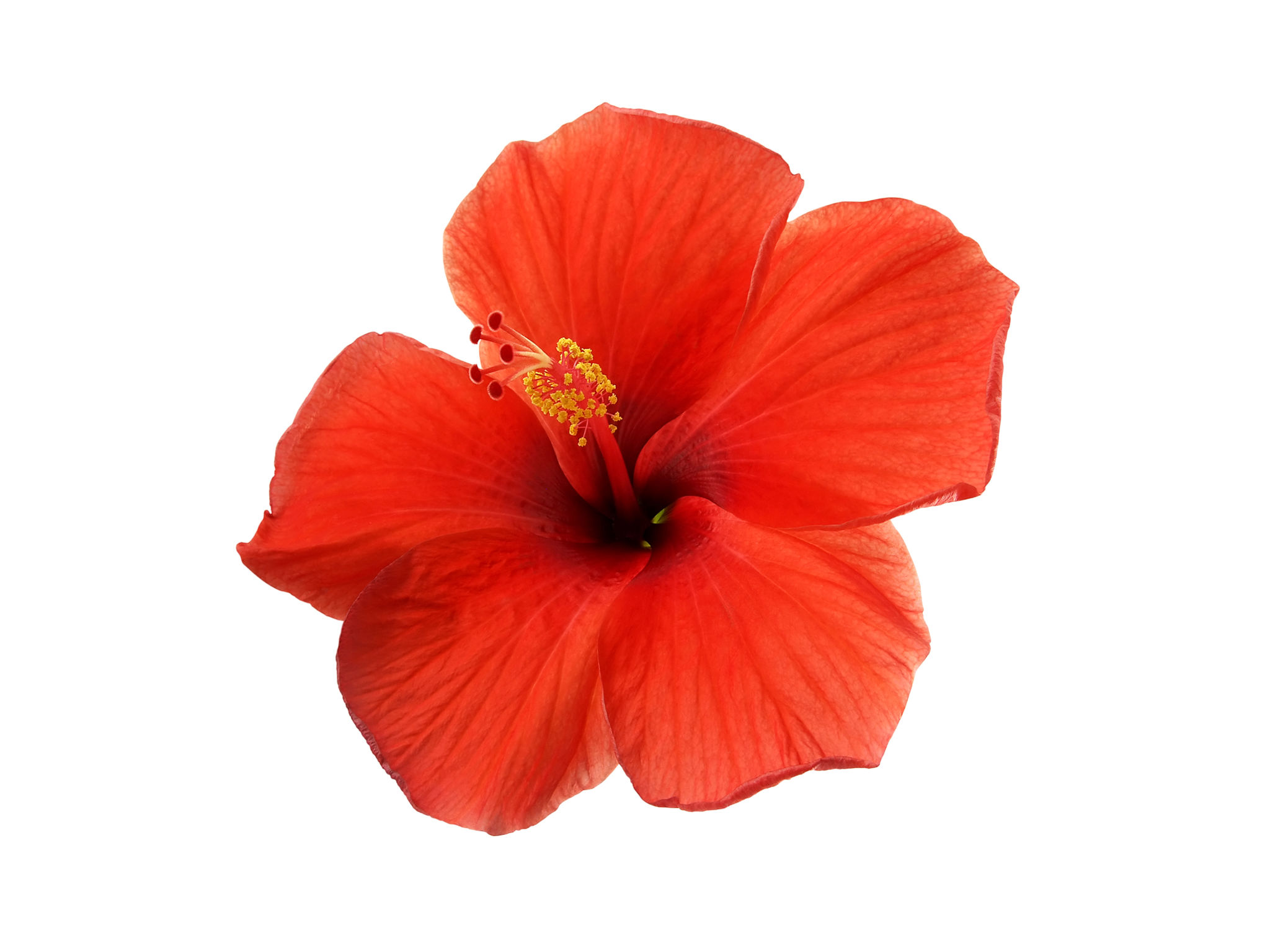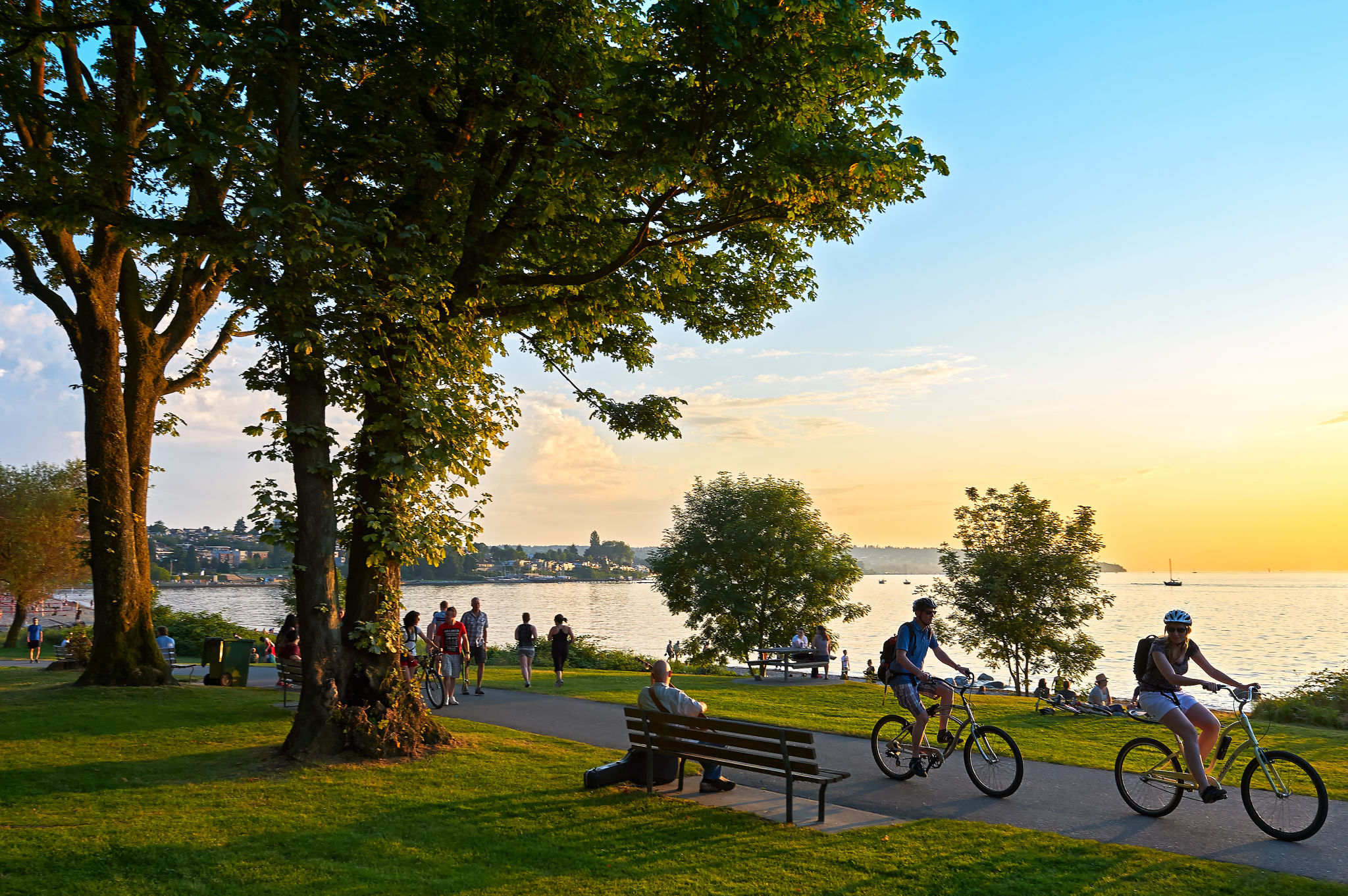Debunking Myths About Land Conservation in Hawaii
Introduction to Land Conservation Myths
Land conservation in Hawaii is an essential practice for preserving the island's unique ecosystems, cultural heritage, and natural beauty. However, several myths and misconceptions about land conservation can lead to misunderstandings and hinder effective conservation efforts. In this blog post, we will debunk some of these myths and provide a clearer understanding of what land conservation truly entails.

Myth 1: Conservation Means No Development
A common myth is that land conservation completely halts all forms of development. In reality, conservation does not mean freezing land in time. Instead, it involves careful planning to ensure that development is sustainable and harmonious with the environment. This can include creating buffer zones, implementing eco-friendly building practices, or designating certain areas for limited development while preserving others.
Conservation efforts often work hand-in-hand with developers to create spaces that are beneficial for both people and the environment. The goal is to allow for growth while maintaining the ecological balance that makes Hawaii so special.
Myth 2: Conservation Is Only About Plants and Animals
While protecting native flora and fauna is a significant aspect of conservation, it also encompasses the preservation of cultural sites, agricultural lands, and watersheds. Land conservation helps safeguard areas that hold historical and cultural significance to Hawaiian communities, thus protecting the rich heritage of the islands.

Moreover, conservation efforts aim to maintain ecosystem services that are vital for human survival, such as clean air, water purification, and soil fertility. By protecting these resources, conservation supports both environmental and human health.
Myth 3: Conservation Is a Government-Only Responsibility
Another misconception is that land conservation is solely the responsibility of government agencies. In truth, successful conservation requires collaboration among various stakeholders, including local communities, non-profit organizations, private landowners, and businesses. Everyone has a role to play in preserving Hawaii's natural resources.
Community involvement is crucial for effective conservation, as local residents often possess valuable knowledge about their environment and can contribute innovative solutions to conservation challenges.

Myth 4: Conservation Is Too Expensive
Many believe that land conservation is prohibitively expensive and not cost-effective. However, the long-term benefits of conservation often outweigh the initial costs. By investing in conservation today, we can prevent future expenses related to environmental degradation, such as erosion control, water treatment, and loss of biodiversity.
Furthermore, there are numerous funding opportunities available through grants, partnerships, and tax incentives that can help offset the costs of conservation projects. These financial tools make it more feasible for individuals and organizations to participate in conservation efforts.
The Importance of Debunking Myths
Debunking myths about land conservation is crucial for fostering greater understanding and support for these vital efforts. By clarifying misconceptions, we can encourage more people to get involved and contribute positively to Hawaii's environmental future. Conservation is not just about protecting plants and animals; it's about creating a sustainable future for all who call these islands home.
As we move forward, it's essential to continue educating ourselves and others about the realities of land conservation. By doing so, we can work together to preserve Hawaii's natural beauty for generations to come.